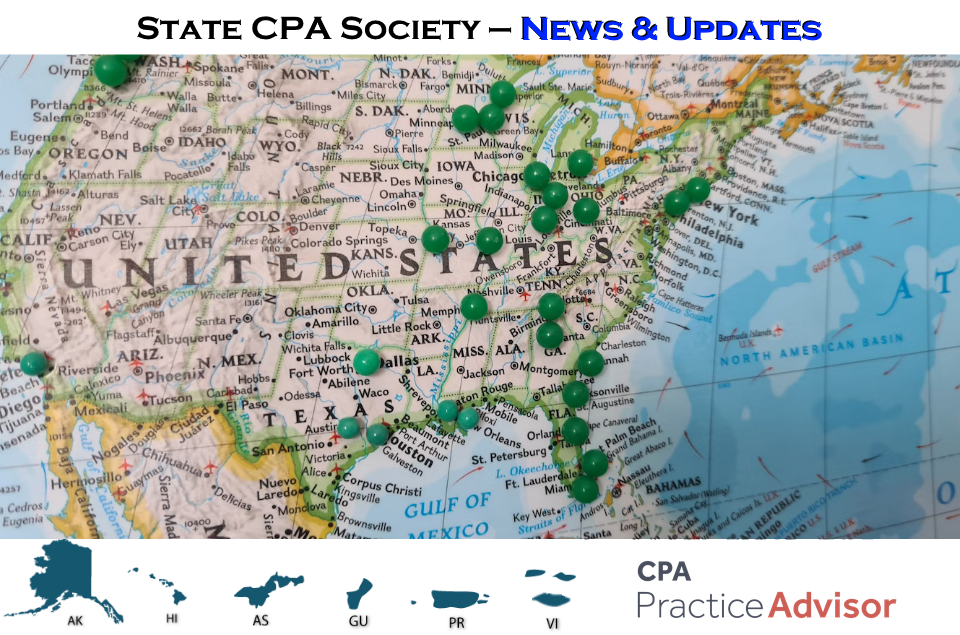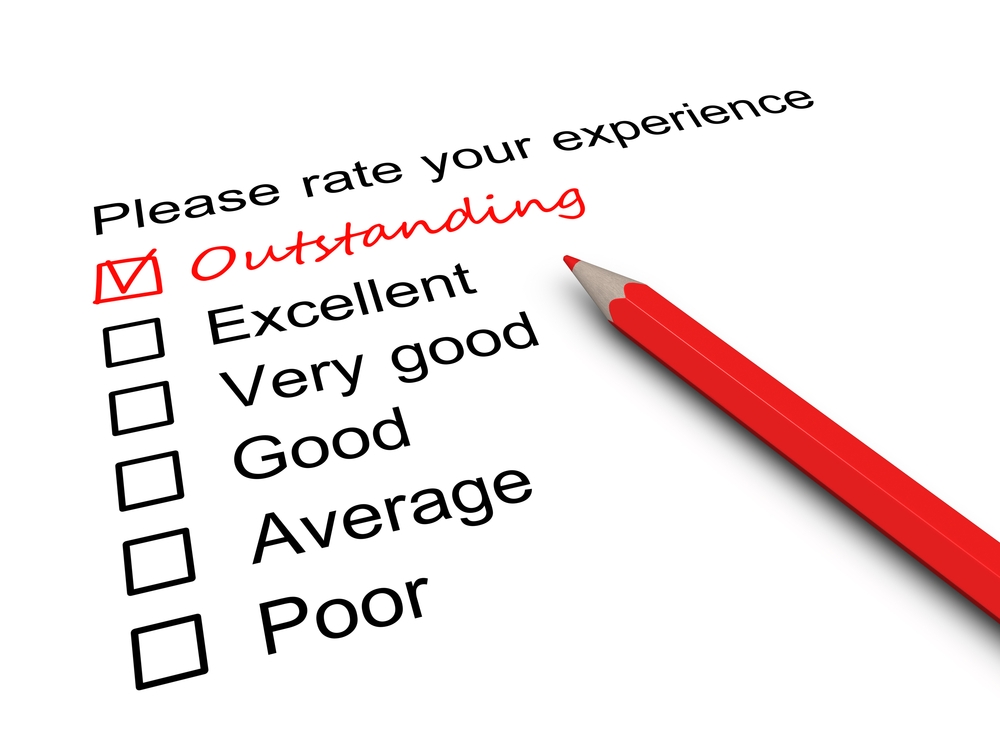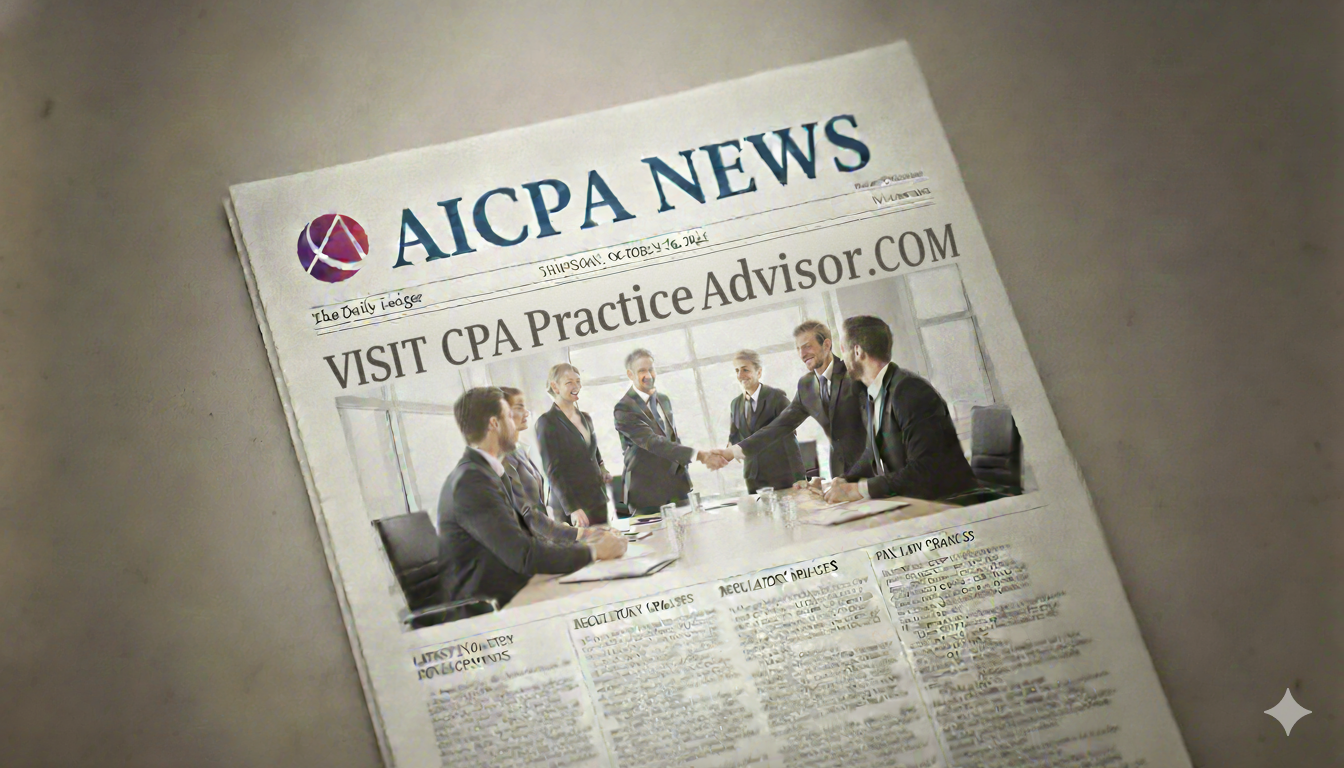Anyone who has been hired into the controller position for the first time may feel overwhelmed, since the job description involves an enormous range of responsibilities.
Where to begin? The answer is simpler than you may think. Always focus on the ability of the business to survive. Thus, if there is not enough cash on hand to pay the short-term obligations of the business, all other controller responsibilities are insignificant, because the company will no longer be in business. Thus, you should address the following issues first, and in the order presented:
1. Create a short-term cash forecast.
Develop a simple cash forecasting model on an electronic spreadsheet that tells you the expected cash balance at the end of each week for the next month. The initial results may not be that accurate, so compare actual to forecasted results, and adjust the forecast model to increase its accuracy over time.
2. Understand receivables.
Review the accounts receivable aging report with the collections staff, to understand which customers pay on time (or not), and which receivables are likely to be delayed or uncollectible. Also, review all non-trade receivables to determine which ones are collectible, and when they are likely to be collected. Adjust the cash forecast based on this information.
3. Understand payables.
Review the accounts payable aging report with the accounts payable staff, to learn about the payment terms associated with each supplier, the relations with each one, and which supplier invoices are likely to arrive during the cash forecasting period. Adjust the cash forecast based on this information. Refer to the Accounts Payable Management chapter for more information.
4. Understand debt payments. Review the schedule of debt payments. These payments are sometimes taken out of the company’s bank account automatically by the bank (if it is the lender), so you can reliably estimate in the cash forecast when these cash deductions will occur.
5. Reconcile accounts. If no bank account reconciliations have been completed recently, do so now. This adjusts the company’s recorded cash balance for any bank fees and other adjustments imposed by the bank. Adjust the cash forecast based on the revised current cash balance.
The preceding steps allow you to generate a preliminary cash forecast almost immediately, and one that should rapidly increase in accuracy. Over the longer term, you might also consider reviewing any supplier contracts to see if there will be scheduled payments that should be included in the cash forecast. Also, talk to other departments to determine when they may want to purchase fixed assets, so that you can build these expenditures into the budget. Irrespective of these improvements, please note that the cash forecast will never be entirely accurate, even over a period of just a month, because cash inflows are subject to the whims of customers.
This excerpt was pulled from CPE Link’s instructor Steven Bragg’s course The New Controller Guidebook.
Thanks for reading CPA Practice Advisor!
Subscribe Already registered? Log In
Need more information? Read the FAQs
Tags: Accounting, Financial Reporting



